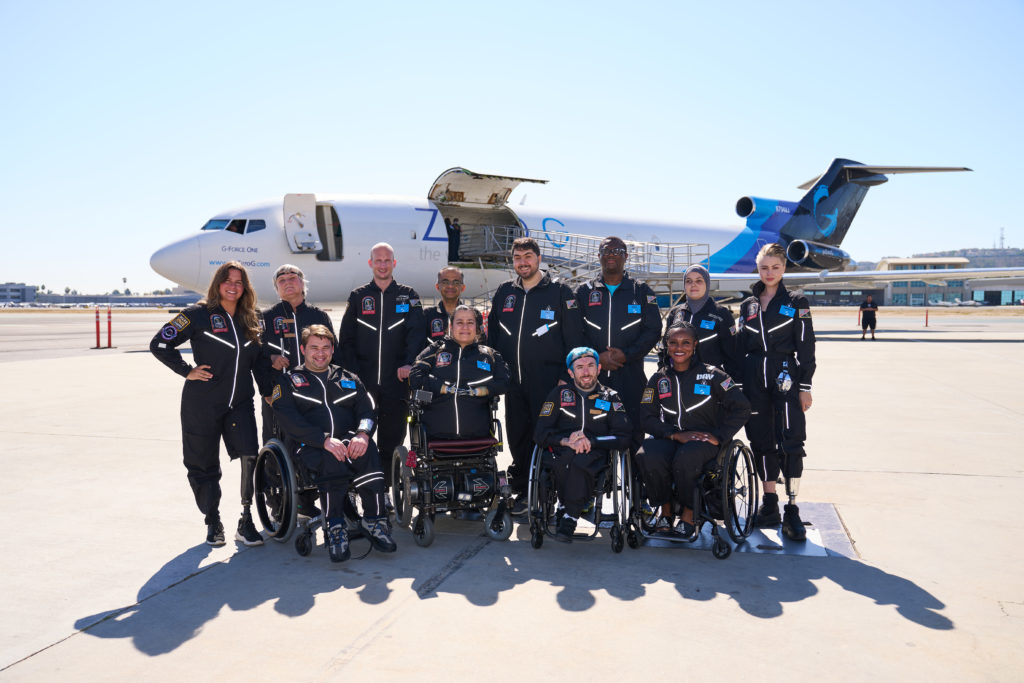
Anna Voelker, Executive Director of SciAccess and Co-Lead of AstroAccess, said, “Space removes the barriers between people; now is the time to remove the barriers to space itself.” They continued,
“AstroAccess is sending a message to people who have historically been excluded from STEM that only is there room for you in space, there is a need for you.”
The Ambassadors carried out investigations to test accessibility accommodations that could help future astronauts operate in the extreme environment of space. One of the primary challenges of mixed-ability crews is communication.
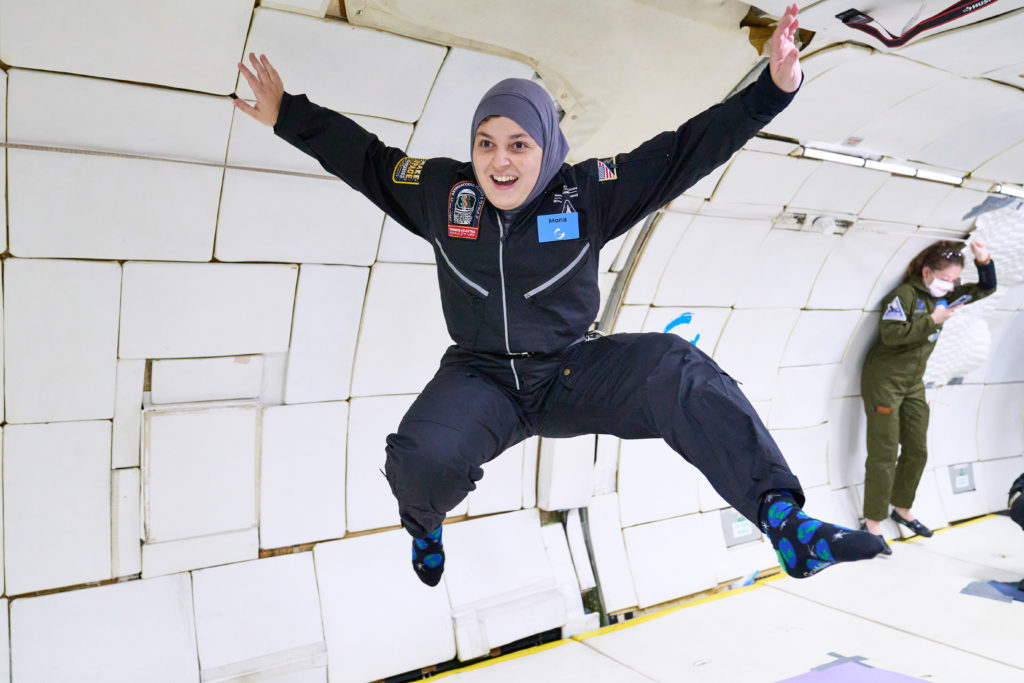
During the parabolic flight, critical information regarding changes in gravity is relayed to passengers from the pilot using both verbal communication, but most members of the team do not speak sign language. “It would be hard for a flight crew to operate safely in a real space environment when they can’t talk to each other,” says Flight Operations lead Dr. Jamie Molaro, planetary scientist and director of Disabled for Accessibility In Space (DAIS), a peer networking group for disabled professionals in space science. “With our deaf Ambassadors, there’s not only a language barrier with some of the crew, but the challenge imposed by the environment itself– floating.” It’s difficult to control your position and orientation without gravity because any small motion can send you tumbling.
The crew tried using lights to signal changes in gravity to deaf Ambassadors, but such a system only works if you happen to be facing them when they flash. The plane was also loud, which also put blind Ambassadors at a disadvantage without the ability to pick up on visual cues and hand gestures that communication was occurring.
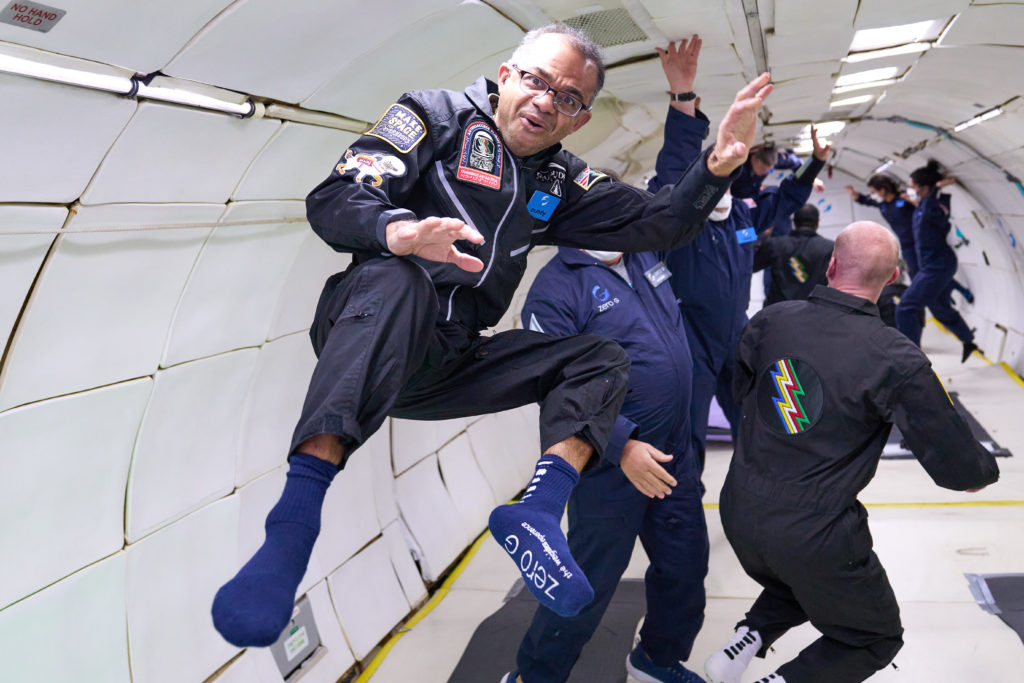
This is where haptic technology comes in. Vibration is the only reliable way to communicate to crew regardless of their orientation, and is effective for most people with or without a disability.
To demonstrate this, Ambassadors wore devices made by the music tech startup Soundbrenner. “Our wearables were originally designed for musicians, to help them feel a rhythmic beat during their music practice. Knowing that this technology can now also contribute to AstroAccess’ Disability Inclusion In Space project is beyond incredible!“, Florian Simmendinger, CEO of Soundbrenner commented.
The Soundbrenner Pulse is designed as a wearable metronome for musicians, but its ability to transmit vibrational signals from a control device to multiple wristbands was just what they needed.
Ambassadors programmed the devices with different vibrational patterns to signal when they would move into weightlessness or when gravity would return.
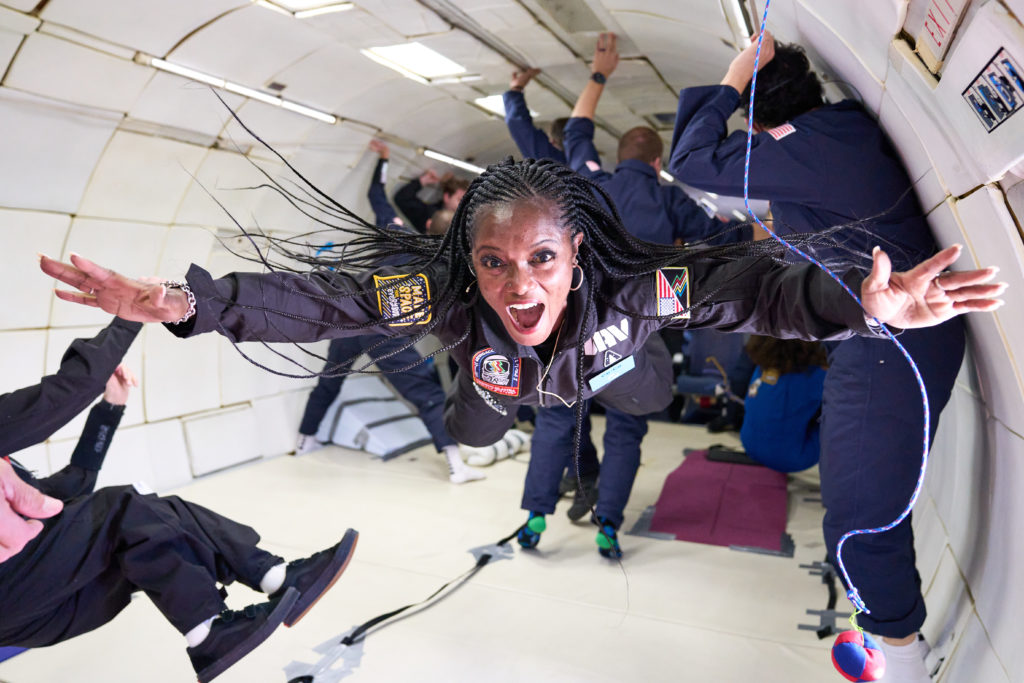
Overall, the Ambassadors found this solution worked very well for communication signaling, though there is some work to be done on implementing the technology more effectively. “I think haptic feedback is a really powerful communication tool. When you feel it, it’s really clear something’s about to happen,” says deaf Ambassador Eric Shear, a graduate student in chemical engineering at the University of Florida. “There was an issue with signal delay since the pilot’s command had to be relayed through another person to the device operator, but this could be automated in the future. I’m definitely a fan.”
AstroAccess hopes to conduct additional flights in the future with a more integrated system that allows communication directly from the pilot to devices, as well as ties together redundant signaling technologies such as haptics with a more extensive light system. These types of solutions could be adapted for an orbital environment, such as onboard a space station, in order to facilitate communication between crew members or from operational and emergency systems. They could even be used here on Earth to improve efficiency, safety, and accessibility in any number of team-oriented work environments and industries.
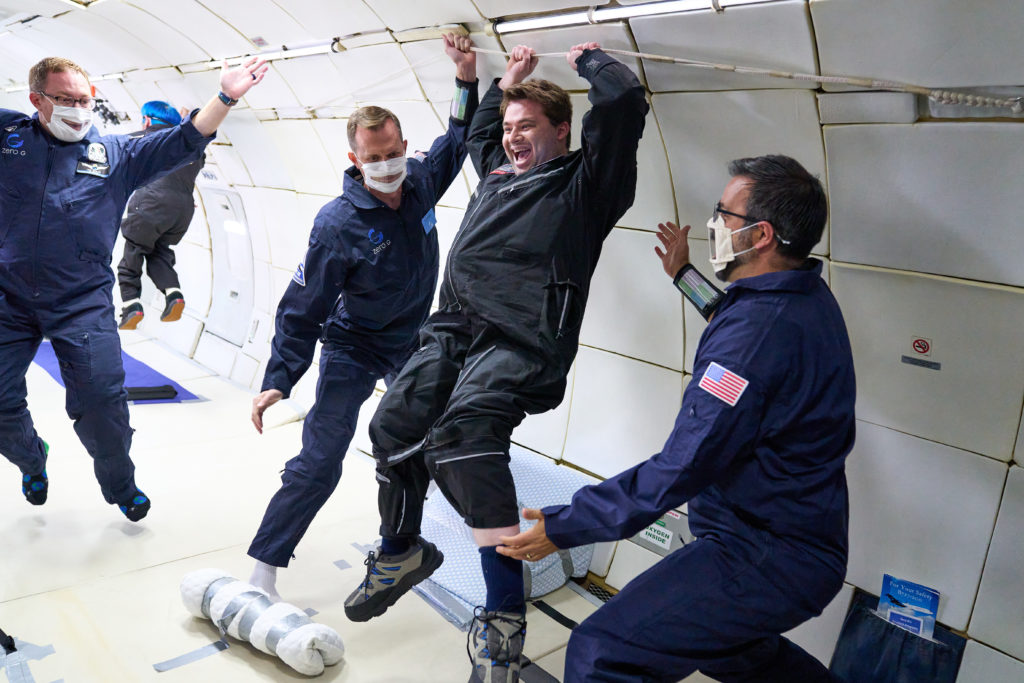
Blind Ambassador Dr. Sheri Wells-Jensen, a linguistics professor at Bowling Green State University and an AstroAccess project lead, is helping collect findings during post-flight interviews. “If there’s one thing that really sticks out that we’ve learned it’s this: the biggest challenge faced by disabled crew members was the same as for non-disabled crew. Maintaining control over your body is difficult in weightlessness and all people are equally unprepared to handle it. With practice, all flight crew gained more skill and they can do so in space as well.” The types of strategies and technologies that AstroAccess is exploring are simply accommodations that make doing so easier and safer for all crew, disabled and non-disabled alike. They hope their research will impact the way that physical environments in launch vehicles and orbital habitats are designed, how astronauts are trained, and who gets to represent humanity in public and private missions to space.
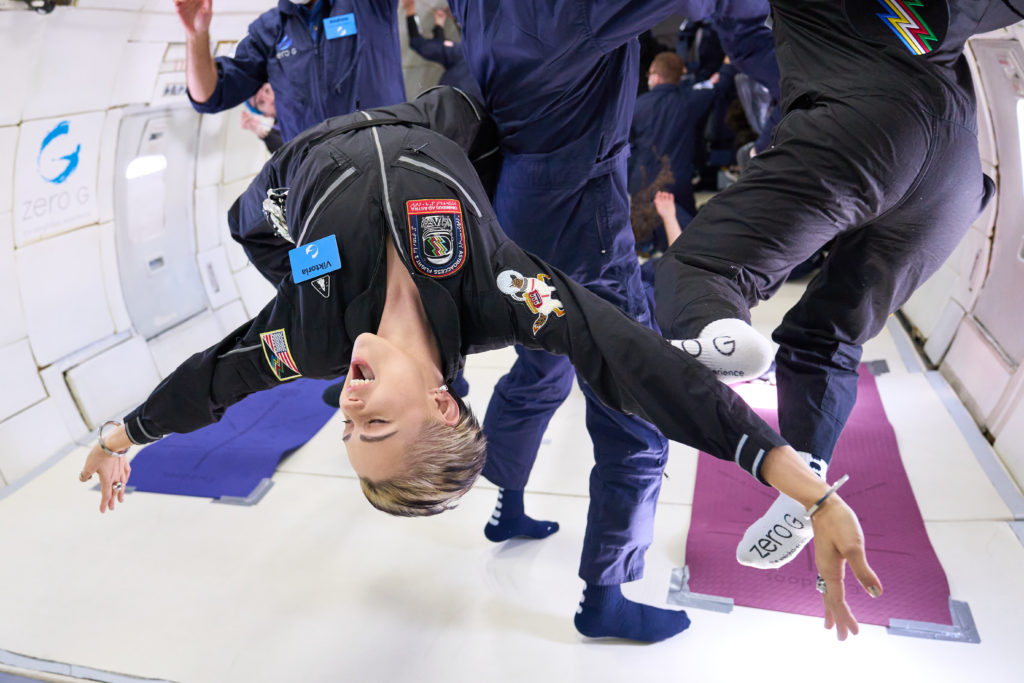
This article was written by Planetary Scientist, Dr. Jamie Molaro. You can find out more about her on her website. Learn more about AstroAccess here.
Soundbrenner is a company dedicated to help musicians stay focused on what truly matters: their music. By creating innovative devices, such as Soundbrenner Pulse and Core, our goal is to deliver the best possible practice experience for musicians.